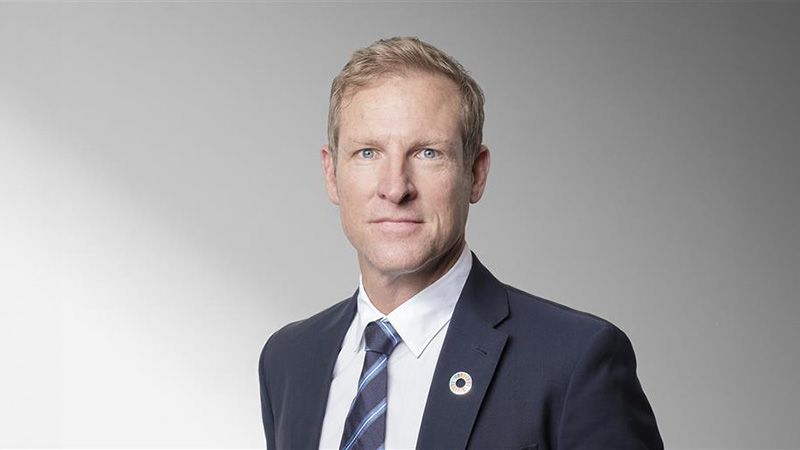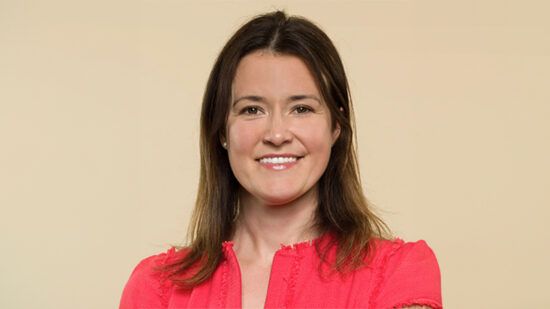Last year’s elections clearly point to a diverging global geopolitical context. The International Monetary Fund characterises this as “a cycle of cross-border distrust among the big three economies, feeding demands for self-reliance and demanding smaller economies choose sides”. For sustainable finance, a fragmenting world hinders collective action on global environmental and social issues.
While there is clear evidence of declining support for ‘green’ political parties in Europe, across the Atlantic President Trump has already announced his intention to withdraw from several global standing climate agreements, and corporates have since followed suit.
At the same time, re-insurers continue to pick up the tail risks of biophysical system volatility, reporting elevated levels of natural disaster claims in 2024.
It would therefore be a mistake to read anti-ESG headlines as evidence that the science of sustainability is broken. Rather, it reflects a sober reckoning of the limits of corporate rhetoric in a world with weak pricing for externalities, poor regulatory cohesion and little agreement on priorities.
Don’t forget China
From a climate leadership perspective, the shift in the US’s stance is not new, nor permanent. It does, however, allow President Xi to position China as the ‘true global leader’ of the green economy transition. China is globally dominant in both the processing of green minerals and the manufacturing of green economy technologies. The irony is this green dominance sits atop a highly carbon-intensive processing and manufacturing capacity – driven largely by China’s reliance on coal.
The absolute annual emissions of China and India, accounting for 28% and 7% of global annual greenhouse gas emissions respectively, matter in the long term. While China is the biggest annual emitter on an absolute basis, on an emission per capita basis, China is approximately half of the US’s intensity, while India is one-eighth.
Based on cumulative emissions, the EU and US remain the largest contributors, albeit emerging market economies are catching up fast. It’s these imbalances between GDP, annual emissions, per capita emissions and cumulative emissions that cause perennial friction around who has access to the remaining planetary carbon budget, and who funds the clean-up and transition capex.
Private market solutions
Given the geopolitical context, the green economy transition will not be linear or smooth. Consequently, an incremental approach to investments according to clients’ portfolio size, liquidity risk constraints and personal sustainability motivations is key.
For investors seeking direct real-world impact, a targeted private market solution may be the more prudent market allocation strategy. The broadest spectrum of green economy investment opportunities has emerged through private markets, while private credit provides an attractive entry point, enabled by private market fund platforms that offer small ticket sizes suitable for private wealth portfolios.
Clients invested in public markets should look for phased portfolio exposure to keep pace with the emergent green economy opportunities across publicly-traded equities and bonds.
Seeking value in overtraded spaces
From an equity perspective, we measure the size of the green economy opportunity by looking at the percentage of green-aligned revenues as a function of total market revenues. On average, this percentage has grown to 6% and looks likely to reach 10% by 2026. Most green revenue classification systems use firm-level revenue exposure to environmentally sustainable business activities, typically categorised into eight to 10 green sectors, and 40 to 70 different sub-sectors.
An estimated 6% to 8% of MSCI ACWI revenue was green-aligned in 2024. This is a small but growing opportunity set within the equity market split between large incumbents with a small percentage of green revenue, and mid and small caps where most of the income arises from green-aligned activity
Companies that think long term and are ultra-specialised in one green economy activity – characteristics found more frequently in the small and mid-cap universe – offer the greatest opportunities. Increasing opportunities across various economic sub-sectors including food and agriculture, industrial gases and automation can be found in Europe, the US and selectively in Asia, in order of preference.
As regards fixed income, most sustainable or green economy-aligned issuance is simply a traditional fixed-income debt instrument where the proceeds are ring-fenced for green economy activities. The total amount of GSSSB bond issuance in 2024 is estimated at 12% of total 2024 bond issuance.
The market is valued at over $1trn and likely to reach over 40% by 2030. Good opportunities remain in sectors such as utilities, basic materials, consumer cyclicals, energy and technology. Typically, proceeds are used by corporates to address onsite energy storage generation, from retrofitting of efficiency technology, onsite chemical production and long-term asset financing to smart grids, charging infrastructure, storage and renewable generation. The fixed income space offers a growing and robust set of opportunities for clients looking to have some exposure to the long-term green economy transition.
Despite global economic fragility, societal polarisation and geopolitical fragmentation, the raison d’être for the green economy transition remains intact, and the direction of travel clear.








